May 14, 1941 is the date of the Roundup of the « Green Ticket ». This year we are commemorating its 80th anniversary.
We know very little about the « Green Ticket » roundup. This is the first wave of arrests of Jews under the Vichy regime. It took place in the 11th arrondissement, Japy gymnasium. The « Green Ticket » is the name of the summons which bore this color.
To celebrate the 80th anniversary of this sad event, the City of Paris has decided to organize a series of ceremonies in several districts. During each of them, affixing a commemorative plaque and laying wreaths at the various places of arrest.
The Shoah Memorial invited the Mayor of Paris to the Loiret. She went in the footsteps of places of memory in the camps, in Beaune-la Rolande and Pithiviers, in Loiret.
An outdoor exhibition, presented from May 15 to July 16, on the gates of the Gymnase Japy (75011), photographs returning to this first roundup. Anne Hidalgo inaugurated this event in the presence of the mayor of the 11th arrondissement, François Vauglin and representatives of the Shoah Memorial, organizer of the exhibition.
In addition, the Shoah Memorial has just discovered a series of 98 unpublished photographs of this drama: men at the Japy gymnasium saying goodbye to families, from boarding the buses to the Gare d’Austerlitz, to arrival at the Pithiviers camp. It complements the testimonies of survivors and families.
Commemorative plaques and wreath laying
Minimes barracks, 12 rue de Béarn (75003), May 11 at 10 a.m.
Napoléon barracks, 4 rue Lobau (75004), on May 11 at 10:15 a.m. with the City of Paris-Center and the Tlemcen Committee.
33 rue de la Grange-aux-Belles (75010), May 12 at 11 a.m. with the Town Hall of the 10th district and the Tlemcen Committee.
Caserne des Tourelles (75020), May 12 at 3:30 p.m. with the Town Hall of the 2nd and the Tlemcen Committee.
Japy Gymnasium (75011), May 14 at 10 a.m. with Anne Hidalgo, the Town Hall of the 11th arrondissement and the Shoah Memorial. Presentation of the exhibition, organized by the Shoah Memorial: « May 14, 1941: the roundup of the greenback, unpublished images ».
Ceremony at Austerlitz station on May 14 at 11 a.m. in the presence of the Mayor of Paris, the Town Hall of the 13th arrondissement, the Shoah Memorial and the SNCF.
Celebration in Beaune-la -Rolande (45), May 14 at 2:45 p.m. with the Mayor of Paris, local authorities and the Shoah Memorial.
Ceremony in Pithiviers (45), May 14 at 3:45 p.m. with the Mayor of Paris, local authorities and the Shoah Memorial.
What is the « Green Ticket » roundup?
The “Green Ticket” roundup is the first mass arrest of Jews in France. It takes place in Paris on May 14, 1941. On the initiative of the command of the German military forces in France, the Paris police headquarters organized it. It brings together the prisoners in several places including barracks and the Japy gymnasium (75011).
The roundup of the « Green Ticket » preceded by a few months the roundups of the summer of 1942, including that of the Vél « d’Hiv ».
On May 14, 1941, 3,710 men were interned in camps at Pithiviers, Jargeau and Beaune-la-Rolande. These transit camps are located in the south of the capital. They regrouped the Jewish prisoners before the deportation. A majority of them left for extermination camps such as Auschwitz-Birkenau.
Why the “Green Ticket” raid?
This roundup bears the name of the color of the summons of the French police for « examination of the situation ». It was addressed to the 6,694 foreign Jewish men present in Paris on May 13, 1941.
Believing that they were responding to an administrative formality, more than half went to the centers indicated on the summons. Among them are the Japy gymnasium, the Minimes barracks or the Napoleon barracks, rue Lobau.
They were immediately arrested and immediately transferred to the Gare d’Austerlitz. They were deported the same day to the Loiret camps, about a hundred kilometers south of the capital. The majority of the prisoners will then make the trip to the extermination camps.
Shoah Memorial in Paris
On October 30, 1956, architects Alexandre Perzitz, Georges Goldberg and Léon Arretche created the Memorial to the Unknown Jewish Martyr. Located in the heart of the Marais district, where the Jewish community has lived for nearly 9 centuries, it sits on rue Geoffroy L’Asnier. After expansion work by the architects François Pin and Antoine Jouve, Jacques Chirac inaugurates the 5,000 m², renamed the Shoah Memorial (disaster in Hebrew), on January 27, 2005. It becomes the largest European information center and of research devoted to the history of the Shoah. Its different activities are: remembering, witnessing, transmitting and raising awareness. This date is also the European Day for the Remembrance of the Holocaust and for the Prevention of Crimes against Humanity.
Erected along the path leading to the building, the « Wall of Names » is a place of contemplation and memory. « It is the Burial place of those of which only the names remained », said Simone Veil. This Jerusalem stone wall contains the first names, surnames and dates of birth of the 76,000 Jewish men, women and children deported from France between 1942 and 1944 as part of the « final solution ». This monument is completed by a « Wall of the Righteous », on the side of the Memorial It bears the names of the 2,000 Righteous who helped save Jews.
- MEMORIAL OF THE SHOAH
17 Rue Geoffroy l’Asnier
75004 Paris
01 42 77 44 72 - WALL OF JUST / WALL OF NAMES
between rue Geoffroy-l’Asnier and rue du Pont-Louis-Philippe.
2-4 Alley of the Just of France,
75004 Paris
Shoah Memorial in Drancy
The Shoah Memorial opens in Drancy (93) on September 23, 2012. This place of history and education is located 12 km from Paris, opposite the Cité de la Muette. It is dedicated to the memory of the 63,000 Jews deported from this internment camp, including several thousand Parisians.
Thanks to him, the public learns about the history of the Cité de la Muette and the central role of this internment camp in the deportation of Jews from France. 80% of the Jews deported from France left Drancy, including those living in Paris and the suburbs. A total of 63,000 Jews passed through this camp before their deportation to the death camps. A journey of no return for the vast majority of them, exterminated upon their arrival in Auschwitz in Poland.
The Children’s House allows visitors to learn about the fate of interned children (photographs, letters they wrote in the camp).
The monument of the Cité de la Muette
Opposite the Drancy Memorial, the Cité de la Muette, classified as a historic monument in 2001. The monument inaugurated in 1976 in the Cité de la Muette, is the work of sculptor Shelomo Selinger.
It is made up of 3 blocks forming the Hebrew letter « SCHIN » found on the mezuzah:
- The 2 side blocks symbolize the portals of death, the Drancy camp being considered the antechamber of death.
- The central block is made up of 10 characters, 10 being the number necessary for collective prayer (Minyan).
- On the front: a man and a woman embody suffering and dignity.
- In the middle, the head of a man with a ritual cube on the forehead (Tefillin) symbolizes prayer.
- Below, two upturned heads symbolize death.
- The 2 Hebrew letters « LAMED » and « VAV » form the headdress, the arm and the beard of the 2 characters, at the top of the sculpture. These two letters have the numerical value 36, according to the number of Righteous thanks to whom the world subsists (according to the Jewish tradition).
- The two rows of 7 steps narrowing towards the door of death. They symbolize the elevation of the souls of the victims as well as the 7 degrees of hell that they had to undergo before death.
- Circular shapes at the bottom of the sculpture, are the devouring flames and the flames of memory.
The rear of the Monument:
- The doors of death are closing. The steps approach and move towards the rails and the Wagon-Witness.
- On the sculpture: a woman holds a child in her arms in memory of the 1,500,000 Jewish children torn from their mothers or murdered with them.
- Lower down, a head in flames, symbolizes suffering, and 2 upturned heads, twist in the circular shapes of fire.
The rear surface of the monument:
- Rails connect the monument to the wagon: this is the path of the martyrs. This wagon, converted into a museum, transported 100 people piled up for their transfer to the gas chambers.
The witness car recalls the inhuman conditions of the deportations. This freight wagon is identical to those in circulation in France in the 1940s. They were used to deport the Jews from France, to the East, between 1942 and 1944.
The wagon present in Drancy dates from 1941, the SNCF gave it to the city of Drancy in 1988. It has been classified as a historic monument since 1990.
Cultural programming
- From May 14, the Shoah Memorial presents a program concerning the 80 years of the “Green Ticket” roundup.
- May 14, 2021- May 21, 2021: film screenings.
- Screening on the site of the film « Je reveniri » by Jean Barat.
- 2.Projection of the film « La terre ne ment pas » by Philippe Claire
- May 14, 2021, from 7pm: Online conference « 80 years ago, The roundup of the » Billet vert « .
- May 16, 2021, at 4 p.m .: The meetings of Drancy-The internment camps of Loiret by Catherine Thion
- May 20, 2021, 7:30 pm: Online meeting on the « Green Ticket » roundup – discovery of 98 unpublished photos
A shuttle leaves every Sunday from Paris to go to Drancy (Round trip).
MEMORIAL OF DRANCY
- 110-112 Avenue Jean Jaurès
- 93700 Drancy
- 01 42 77 44 72
Share this content:




















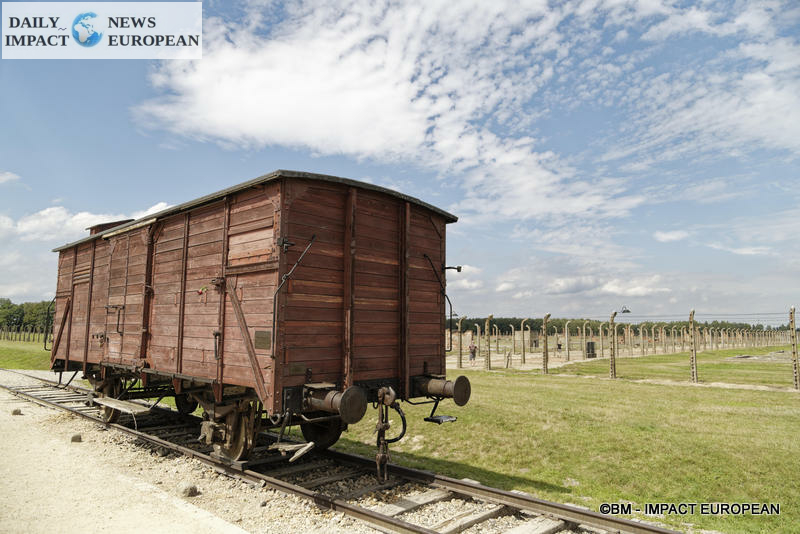
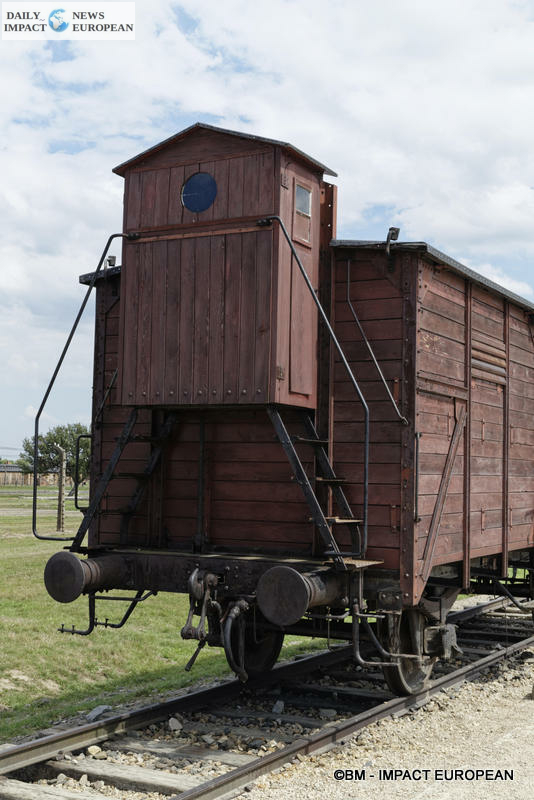
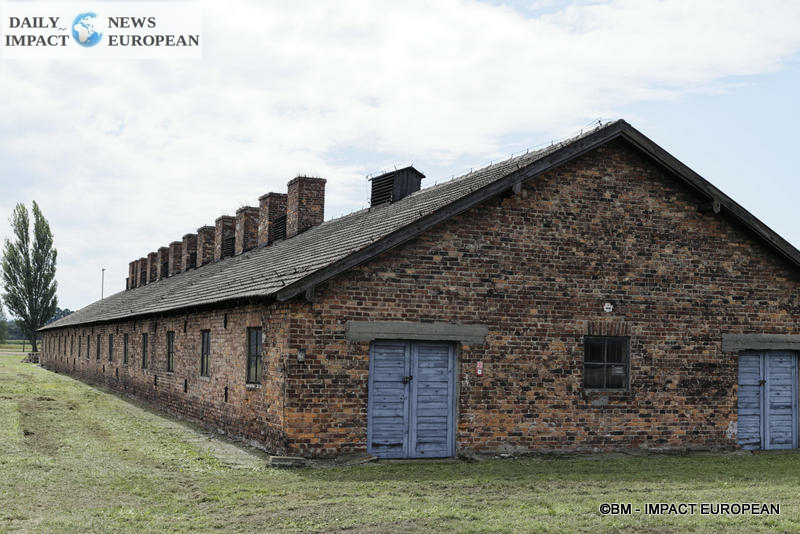
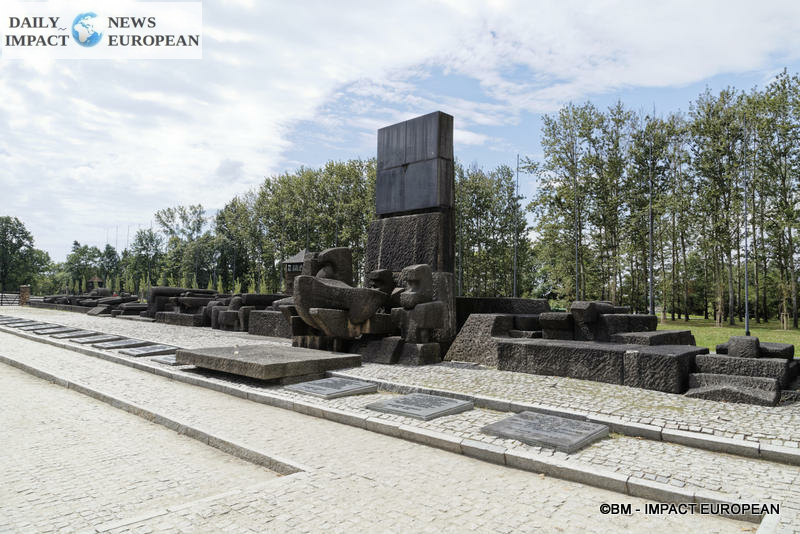
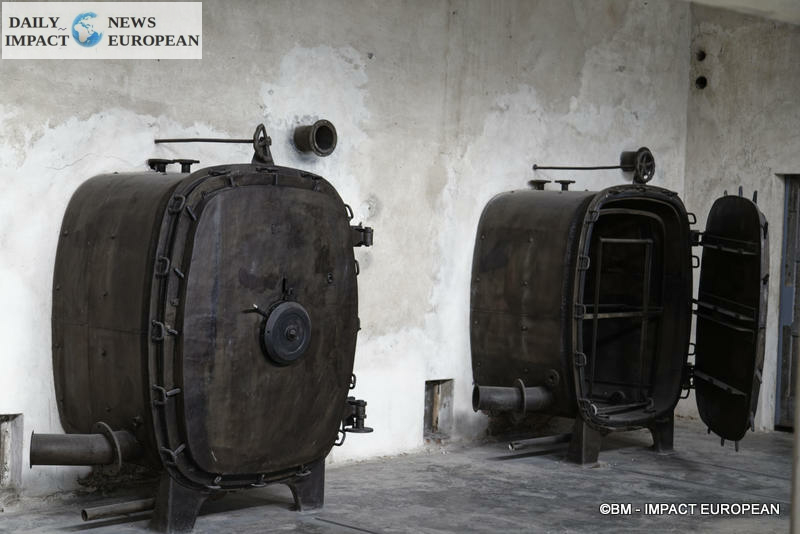
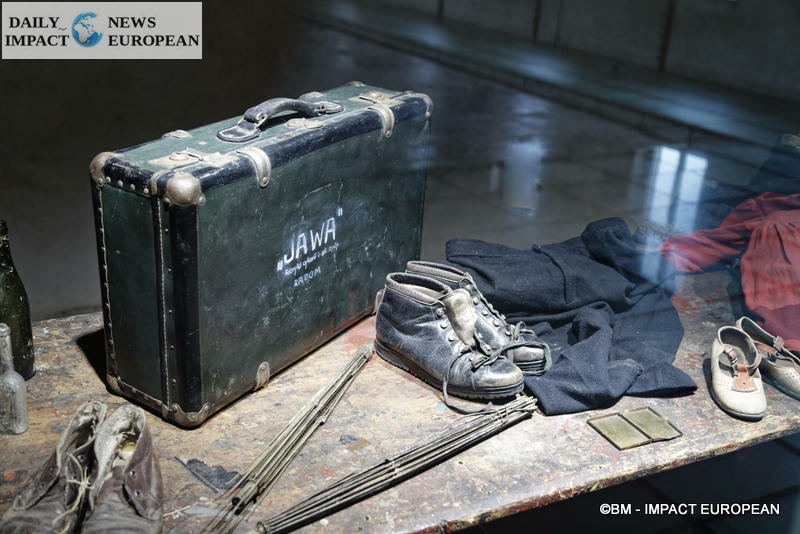
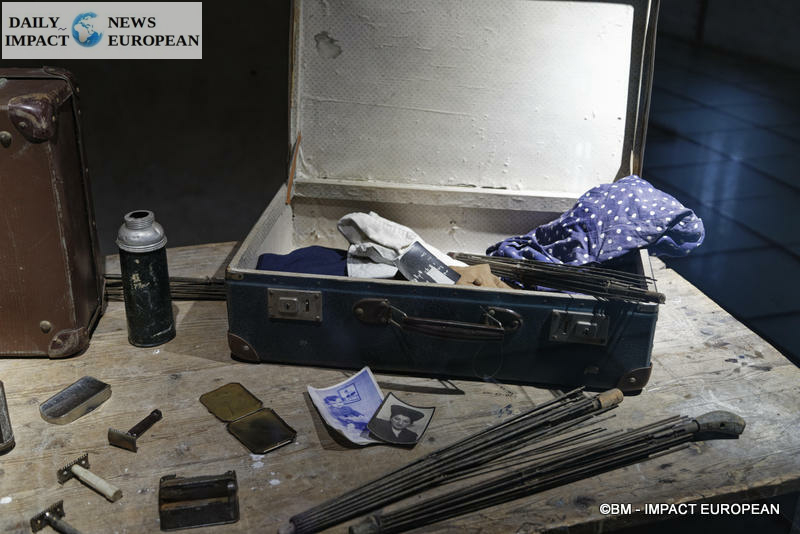

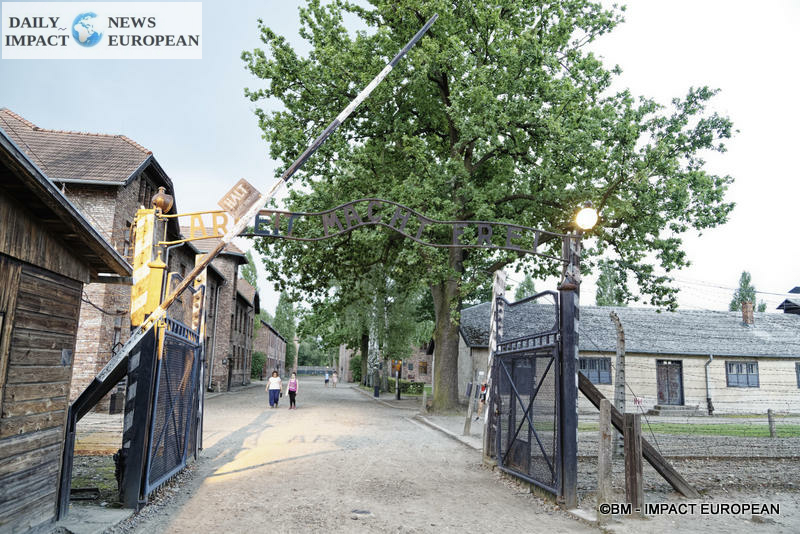
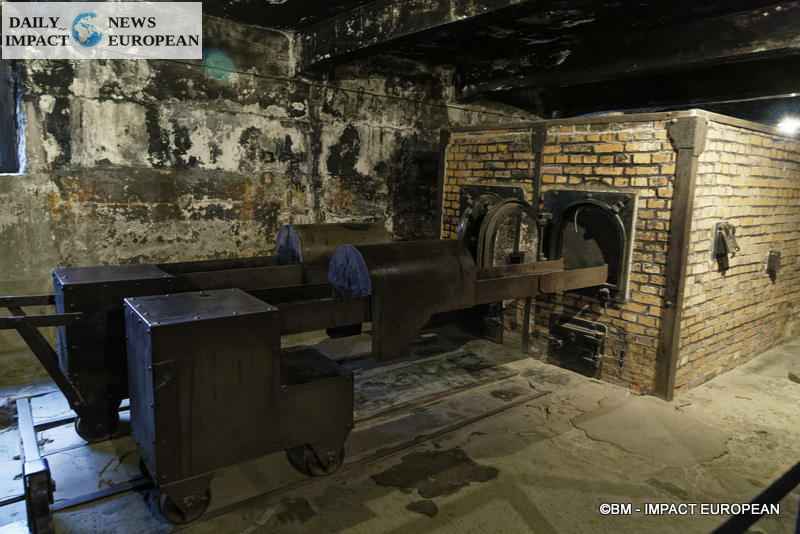
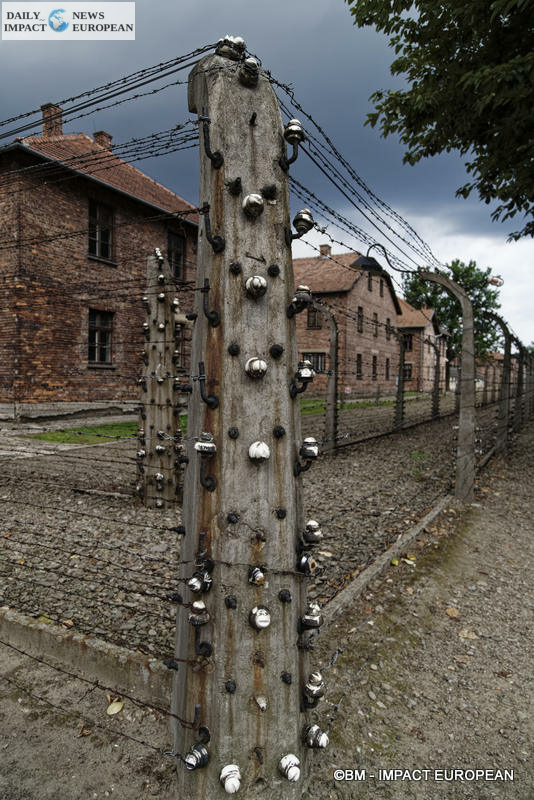

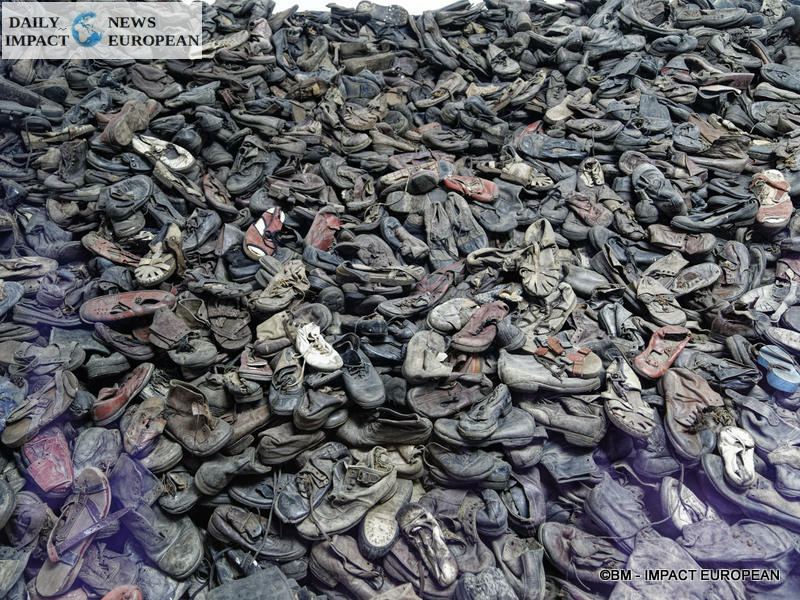
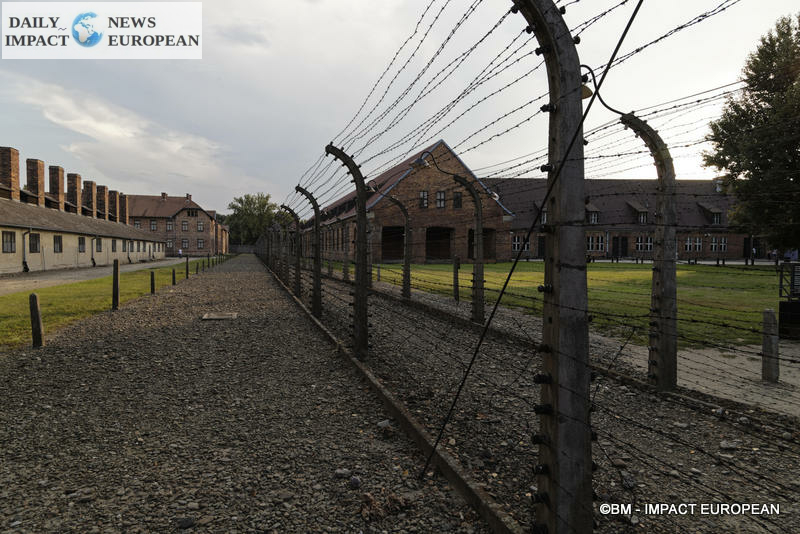







Plus d'histoires
Secours populaire: 80 years of solidarity celebrated in Paris with commitment, festivities and the mobilisation of the “Green Father Christmases”
Soleil d’Enfance Gala 2025: A Night of Solidarity Supporting Children with Disabilities
The Zelensky Couple’s European Tour for Peace